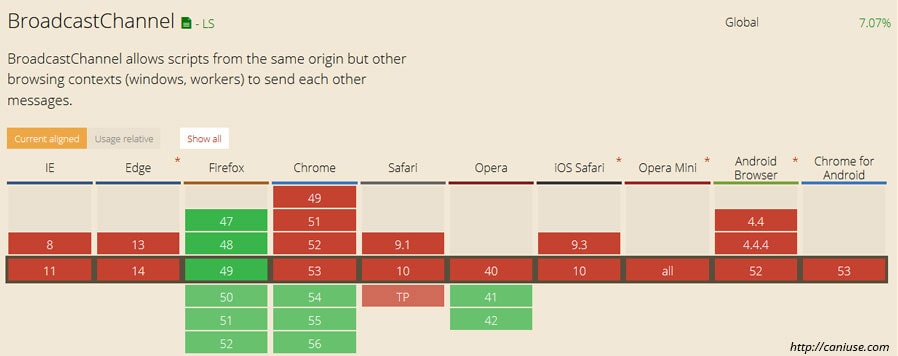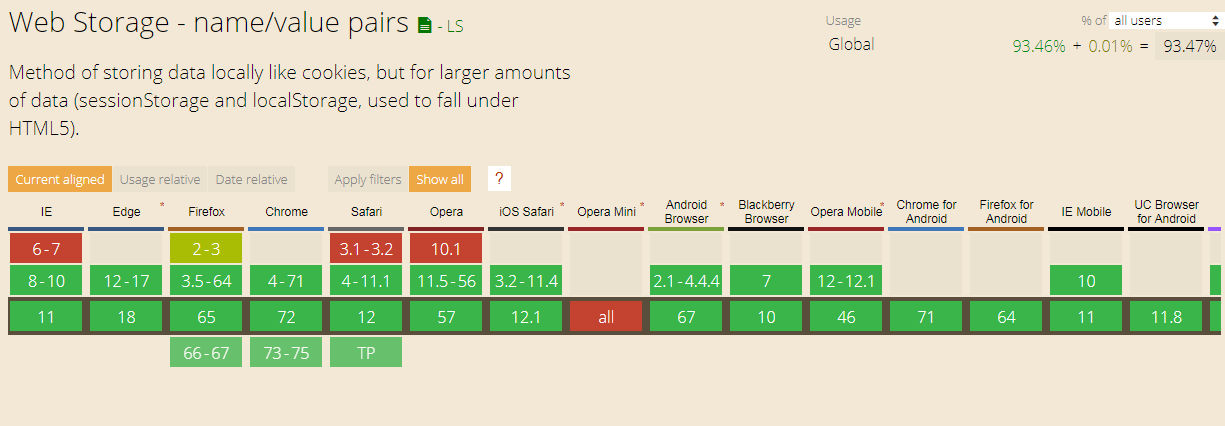7 min to read
Communication between 2 browser tabs with JavaScript

A few days ago I thought of an interesting problem while I was working, which is how to get the value of a form submitted in another tab. This is an extremely simple task when operating on one tab, but what about two, three or more tabs? How would I be able to achieve this?
So what exactly is a communication between two or more tabs?
Communication between two tabs is being able to send and receive data (messages) between multiple tabs, windows, iframes (also called instances).
 When you need to use it?
When you need to use it?
Before the demonstration,I would like to present a few cases where you might want to apply the communication between tabs. Sometimes, users will have to open multiple tabs or windows of your website which is quite common. It is important to achieve the best user experience possible. So for example, let’s look at the dark mode toggle function, when you click on it, it will change the look of all web pages that being opened without having to refresh the pages. Or you might think of the case where you submit the form in iFrame and get the value of the form outside without having to refresh.
 Notes
Notes
This has some limitations, as it can only be used against domains on the same origin.
- Not available between HTTP and HTTPS.
- Cannot be used between different hosts.
- Cannot be used between different ports.
 Demonstration
Demonstration
Currently, I think there are two most common and effective ways to use the localStorage and BroadcastChannel API
 LocalStorage
LocalStorage
In order to catch the event sending messages from one tab to another, simply bind event storage for all the tabs:
window.addEventListener("storage", messageReceive);
The messageReceive function will be executed every time you set the value for localStorage on all tabs. The object event listener already contains the data you just set for localStorage, so you don’t need to parse the localStorage object anymore. This is quite handy when you can reset the value immediately after the set, so the data is clean. You can use this example function below to handle sending and receiving messages from a form:
// send message
function messageBroadcast(message) {
var message = document.getElementById('input').value; // get form input
localStorage.setItem('broadcast', JSON.stringify(message)); // set form input value to localStorage under key 'broadcast'
localStorage.removeItem('broadcast'); // remove value of the key 'broadcast' in localStorage to clean the data
};
// receive message
function messageReceive(event) {
if (event.key == 'broadcast') {
var message = JSON.parse(event.newValue); //
}
if (!message) return; // if message is null then pass
// handle received message
// you can also send object, for example: { 'title': 'tiêu đề', 'message': 'nội dung' }
alert(message);
// more code goes here.
};
html part
<input type="text" id="input" placeholder="Type here" />
<button onclick="messageBroadcast()">send</button>
There are a few limitations of using localStorage
-
You cannot store an
Objectdirectly in local storage / session storage, you must stringify the object. Hence you will always have to parse the value before using it. I think this is not very optimal. -
The
eventwill not be triggered if its value is either constant or updated to an identical value. To handle this, you can useDate.now ()so that other instances always catch the event.
{'message': 'Hello', 'uid': Date.now()}
Apart from the limitations, using localStorage has the advantage of being supported in multiple browsers.

 BroadcastChannel API
BroadcastChannel API
To send data to another tab, we first need to create a BroadcastChannel instance.
const channel = new BroadcastChannel('myChannel');
myChannel here is the name of the channel we subscribe to. After subscribing to a channel, you can send and receive messages from that channel.
To send a data:
channel.postMessage('Hello World!');
You can send many forms of data
// array
channel.postMessage(['Car', 'Dog', 'Animal']);
// object
channel.postMessage({ name: "Alice", age: 23 });
// blob
channel.postMessage(new Blob(['Hello World!'], {
type: "text/plain"
}));
 Retreive data
Retreive data
To receive data we subscribe to the channel ‘myChannel’ and catch the channel’s message event:
const channel = new BroadcastChannel('myChannel');
channel.addEventListener("message", function(e) {
alert(e.data);
});
As the result:
<script>
const channel = new BroadcastChannel('myChannel');
channel.addEventListener('message', function(e) {
alert(e.data);
});
function messageBroadcast() {
var message = document.getElementById('input').value;
channel.postMessage(message);
};
</script>
<input type="text" id="input" placeholder="Type here" />
<button onclick="messageBroadcast()">Send</button>
 Advantages / disadvantages
Advantages / disadvantages
Unlike using localStorage, using BroadcastChannel lets you post full objects, arrays, and other types of object.
However, the second way can be a bit more complicated and somewhat overkill depending on the purpose of use.
The BroadcastChannel API is also not very widely supported. Compared to local storage (~ 96%), and BroadcastChannel just over 78%. Chrome and Firefox are both supported, however IE, Safari and Edge do not. (Chromium Edge still supports this API).
 Summary
Summary
- It can be used to tell a user that they are editing in a different tab / window, or used to sync data in multiple tabs together.
- Content that needs to be authorized / locked will be opened upon login in another tab, keeping all instances in sync.
- Change avatar.
- Communication between the iframe - iframe, parent - iframe, iframe - parent.
- Change the look / setting of website and need to sync with all other tabs without manual refresh.



Comments